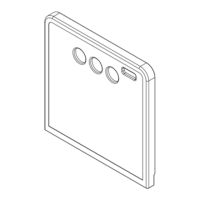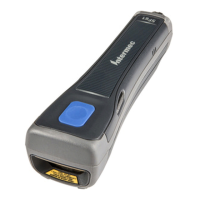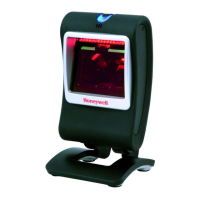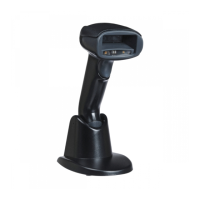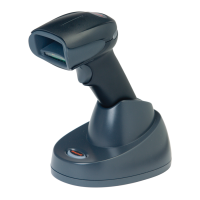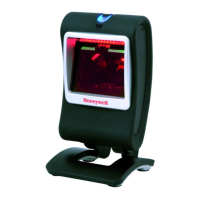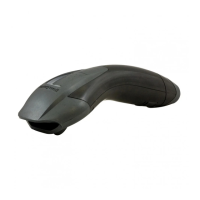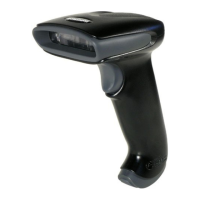72 Solaris 7980g User Guide
If you have changed data format settings, and wish to clear all formats and return
to the factory defaults, scan the Default Data Format code below.
Show Data Format
Scan the bar code below to show current data format settings.
Add a Data Format
Step 1. Scan the Enter Data Format symbol (page 73).
Step 2. Select Primary/Alternate Format
Determine if this will be your primary data format, or one of 3 alternate
formats. This allows you to save a total of 4 different data formats. To
program your primary format, scan 0 using the Programming Chart. If
you are programming an alternate format, scan 1, 2, or 3, depending on
which alternate format you are programming. (See Primary/Alternate
Data Formats on page 88 for further information.)
Step 3. Terminal Type
Refer to Terminal ID Table (page 74) and locate the Terminal ID number
for your PC. Scan three numeric bar codes from the Programming Chart
to program the scanner for your terminal ID (you must enter 3 digits). For
example, scan 0 0 3 for an AT wedge.
Note: 099 indicates all terminal types.
Step 4. Code I.D.
In the Symbology Charts, beginning on page 221, find the symbology to
which you want to apply the data format. Locate the Hex value for that
symbology and scan the 2 digit hex value from the Programming Chart.
If you wish to create a data format for all symbologies, with the exception of some
specific symbologies, refer to B8 (page 86).
If you are creating a data format for Batch Mode Quantity, use 35 for the Code I.D.
Note: 99 indicates all symbologies.
Step 5. Length
Specify what length (up to 9999 characters) of data will be acceptable for
this symbology. Scan the four digit data length from the Programming
Chart. For example, 50 characters is entered as 0050.
Note: 9999 indicates all lengths.
Data Format Settings
DFMBK3?.
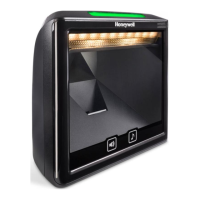
